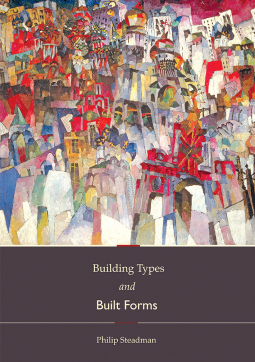
Building Types and Built Forms
by Philip Steadman
This title was previously available on NetGalley and is now archived.
Send NetGalley books directly to your Kindle or Kindle app
1
To read on a Kindle or Kindle app, please add kindle@netgalley.com as an approved email address to receive files in your Amazon account. Click here for step-by-step instructions.
2
Also find your Kindle email address within your Amazon account, and enter it here.
Pub Date 28 Feb 2014 | Archive Date 24 Apr 2014
Troubador Publishing Ltd | Matador
Description
Philip Steadman has spent the last ten years developing a new theory of how the forms of buildings are constrained by some of the basic functions of architecture. “My inspiration came from the rigorous and novel insights provided by my colleagues, whose work I have tried to bring together and build on,” he explains. “The book makes use, at many points, of biological analogy, and uses several conceptual tools from biological theory.”
Building Types and Built Forms combines for the first time the history and geometry of building types in one book. It follows the history of some common buildings such as houses, hospitals, schools, offices and prisons, drawing examples from the 19th and early 20th centuries in France, America and Britain.
The book then explores how the forms of these buildings are limited by the basic functions that are required of them, for example providing daylight and ventilation, access to all rooms and to allow occupants to see from one part of a building to another. A new way of thinking about these ‘worlds of geometrical possibility’ is introduced, in which the forms of many buildings can be catalogued and laid out systematically in ‘morphospaces’, or theoretical spaces of forms. As building types change over time, they come to occupy different positions within the worlds of possible forms.
Building Types and Built Forms is filled with over 400 illustrations, many drawn especially for the book. It offers a new theoretical approach, combined with a series of historical accounts of building types, some that are well known, and some less familiar.
A Note From the Publisher
Advance Praise
No Advance Praise Available
No Advance Praise Available
Marketing Plan
No Marketing Info Available
No Marketing Info Available
Available Editions
| EDITION | Ebook |
| ISBN | 9781783067701 |
| PRICE | £9.99 (GBP) |



